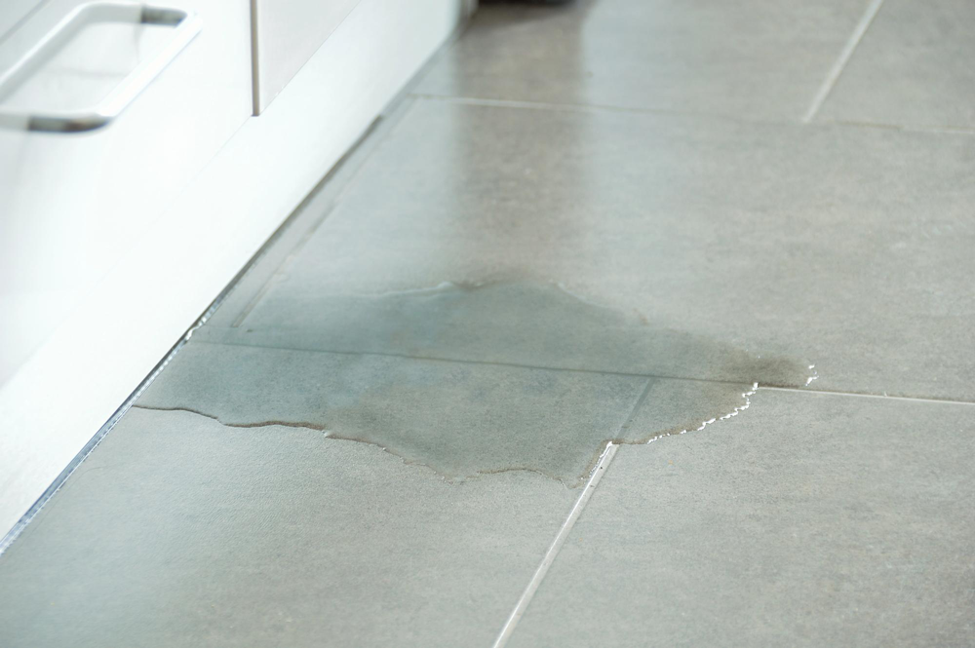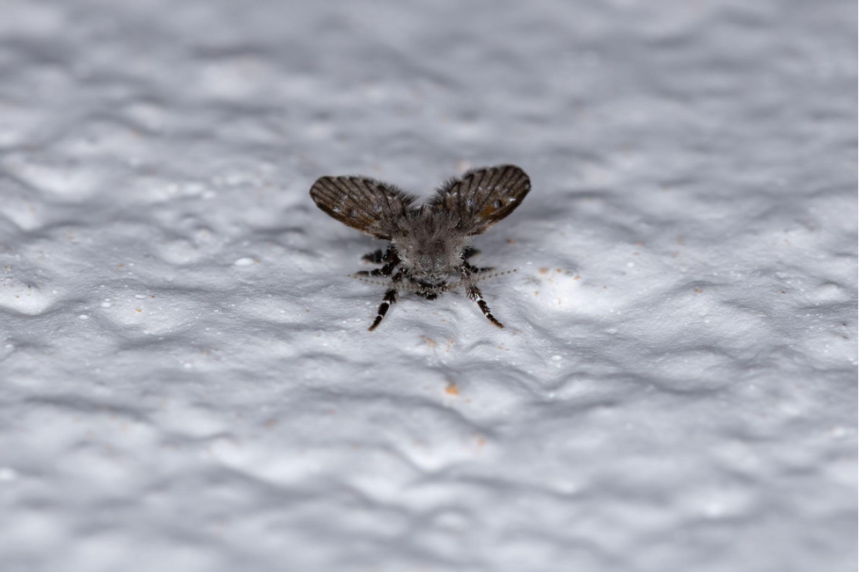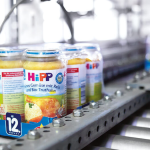Drain flies might seem like a small nuisance, but these tiny insects can become a significant problem in homes if left unchecked. Known for their fuzzy, moth-like appearance, drain flies usually breed in damp environments with stagnant water, making household leaks a prime location for them to thrive. Household leaks, whether from a dripping tap or a hidden pipe issue, can create the perfect breeding ground for these pests. Addressing leaks not only prevents infestations but also helps maintain a healthy and safe living environment for you and your family. This article will provide detailed steps on preventing drain fly infestations by tackling those pesky household leaks.
Understanding Drain Flies and Their Habitats
Drain flies, also known as filter flies or sewer gnats, are small insects that measure about 1.5 to 5 millimetres in length. They are easily identified by their fuzzy appearance and wings resembling a moth. While they aren’t strong fliers, they tend to flutter and hover around drains, hence their name.
These flies typically breed and thrive in areas with stagnant water, such as drains, sewage systems, and any moist environment where organic material can decompose. Stagnant water provides an ideal breeding ground, as the bacterial film on surfaces within these environments serves as a primary food source for the larvae.
Drain flies are attracted to areas with stagnant water because these environments provide food and a suitable place for their larvae to develop. Although drain flies themselves are not harmful, an infestation can be problematic. Large numbers of them can indicate underlying plumbing issues and their presence can be a nuisance. The flies have no direct health risks, but their larvae can contribute to the spread of bacteria if inhabiting areas near food preparation or storage zones.
Understanding the nature and habitats of drain flies is crucial for effective prevention and control, which begins with identifying and addressing household leaks.

Identifying Common Household Leaks
Household leaks can occur anywhere plumbing exists. Typical sources include sinks, faucets, toilets, showers, washing machines, and even appliances connected to water supply lines like ice makers and dishwashers. Pipes that run behind walls and under flooring are also common culprits for hidden leaks.
Detecting visible leaks is often straightforward. Look for drips or puddles of water under sinks, around the base of toilets, or near appliances. Hidden leaks, however, require a bit more investigation. Signs of a potential hidden leak include water stains on walls or ceilings, blistering paint or wallpaper, a sudden increase in your water bill, or musty odours that suggest mould or mildew growth.
To identify leaks, homeowners can use a variety of tools and techniques. For visible areas, simply inspecting joints and connections for drips when water flows can reveal problems. For hidden areas, consider using a moisture meter, which can detect dampness behind walls or under floors. Water metres can be employed by turning off all water supplies and checking the metre for movement; any change might indicate a leak. Dye tests, particularly around toilets, can also help pinpoint leaks.
Identifying the source of a leak is the first vital step in preventing the conditions in which drain flies thrive. Once leaks are identified, they can be promptly addressed.
Repairing and Preventing Kitchen Leaks
The kitchen is a hub of activity in most households, making it a common spot for leaks. Common sources include around the sink, garbage disposal units, dishwashers, and even refrigerator ice makers. Leaks in these areas not only waste water but can also provide the damp environment suitable for drain fly breeding.
Fixing minor kitchen leaks often involves straightforward repairs. For faucet leaks, replacing worn washers or tightening loose connections can resolve the issue. Garbage disposals can leak if seals degrade or connections become loose; checking and tightening these can prevent leaks. For dishwashers, ensure hoses are correctly connected and not cracked or kinked, and check for leaks around the door seal.
Regular maintenance and inspections can help prevent leaks from developing. Checking pipes and connections regularly can catch issues early, allowing for repairs before significant damage occurs. Water-proofing areas around sinks and appliances using sealants also helps keep water contained and prevents seepage into cabinets or floors.
By addressing kitchen leaks proactively, homeowners can drastically reduce the chances of creating an ideal environment for drain flies. Routine maintenance ensures that these potential breeding grounds remain dry and unfavourable for pests.
Addressing Bathroom and Laundry Room Leaks
Bathrooms and laundry rooms are particularly susceptible to leaks due to the number of plumbing fixtures and the constant use of water in these areas. Common sources of leaks include toilets, sinks, showers, bathtubs, and washing machines. Clogged drains and faulty fixtures contribute significantly to leakage issues.
Toilet leaks, often due to worn-out flappers or faulty fill valves, can result in constant water flow into the bowl, while sink and shower leaks can stem from damaged seals or worn-out washers. Similarly, washing machine leaks can arise from cracked hoses or improperly sealed connections.
Preventing leaks in bathrooms and laundry rooms involves regular maintenance of plumbing fixtures. This includes periodically checking toilet components, inspecting shower seals and caulking, and ensuring washing machine hoses are crack-free and securely fitted. Additionally, clearing drains of hair and other debris will help prevent backups and leaks.
Routine inspections and timely repairs are essential in these areas to prevent water buildup that could attract drain flies. Regularly inspecting and maintaining these facilities helps keep them functioning correctly and reduces the likelihood of leaks becoming a breeding ground for pests.
The Role of Proper Drain Maintenance
Maintaining clean and free-flowing drains is crucial for preventing environments that attract drain flies. Debris and organic material build-up in drains create both a breeding ground and a food source for these pests.
Regular cleaning and sanitizing of household drains are key preventive measures. Simple methods involve mixing baking soda and vinegar, which can help break down build-up without harsh chemicals. Pouring boiling water down drains periodically can also help dislodge debris and maintain flow. For more stubborn blockages or build-up, commercial drain-cleaning products might be necessary, but care should be taken to follow manufacturer instructions to avoid damaging pipes.
Proper drain maintenance not only affects potential infestations but also ensures that plumbing systems remain functional and efficient. Regular inspections by homeowners, coupled with professional cleaning services when necessary, can identify and rectify issues before they escalate.
Long-term Strategies for Preventing Drain Flies
Long-term prevention of drain fly infestations involves monitoring and maintaining your home’s plumbing systems and implementing practical lifestyle changes. Regular checks of all plumbing fixtures, pipes, and appliances help identify leaks and issues early on. Small changes, such as running a small amount of water regularly through seldom-used drains, can prevent stagnant water from becoming conducive to breeding.
Installing mesh screens or covers on drains can also be effective. These prevent organic materials from entering the drainage system, reducing the food sources available to drain flies. If you already have an infestation, learning how to eliminate drain flies quickly can provide immediate relief while also ensuring that the underlying conditions are addressed. Professional pest control services may be necessary for severe infestations.
By adopting these strategies, you can safeguard your home against drain flies and maintain a well-functioning, pest-free environment.
Conclusion
In conclusion, preventing drain fly infestations is largely about addressing household leaks and maintaining proper sanitation practices. By identifying, repairing, and preventing leaks, homes can be kept dry, making them unappealing to drain flies. Regular maintenance of plumbing systems and proper cleaning of drains play significant roles in keeping these pests at bay.
Taking proactive measures, such as regular inspections and adopting adequate drainage solutions, ensures that the home remains a healthy environment, free from the nuisance of drain flies. For quick resolutions to infestations, understanding how to eliminate drain flies quickly is beneficial, but long-term prevention comes down to maintaining a dry, well-maintained home.
Lynn Martelli is an editor at Readability. She received her MFA in Creative Writing from Antioch University and has worked as an editor for over 10 years. Lynn has edited a wide variety of books, including fiction, non-fiction, memoirs, and more. In her free time, Lynn enjoys reading, writing, and spending time with her family and friends.















